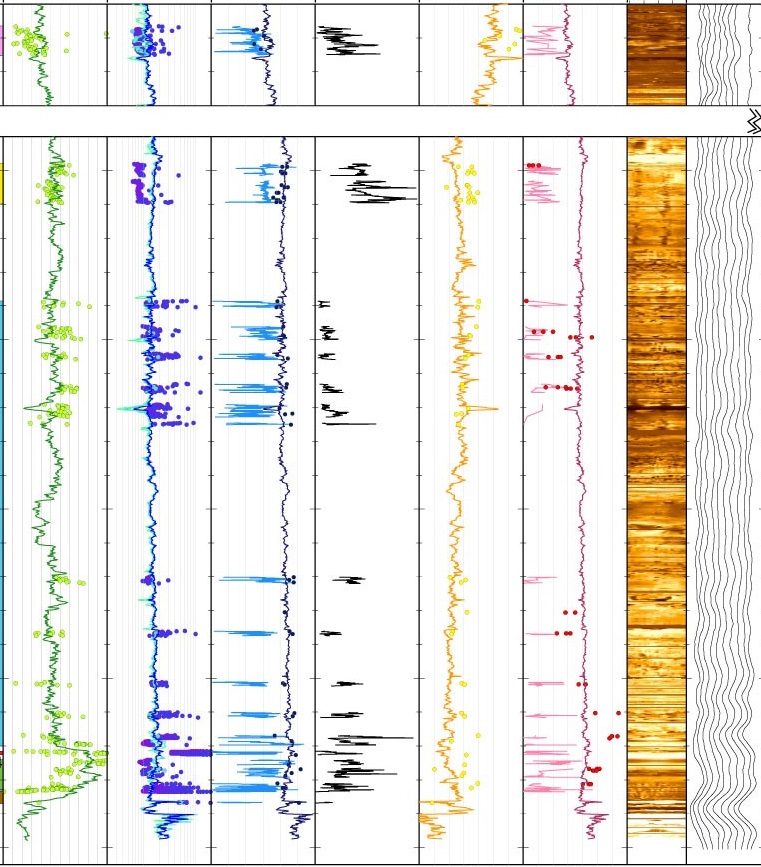
Logging While Drilling(LWD)

Terradyne uses LWD to offer superior formation evaluation data to maximize reservoir value while drilling. LWD sensors deliver wireline quality petrophysical data and address directional drilling, formation evaluation, and geosteering applications. Our tools will help you gather reservoir information, enhance drilling performance, and optimize well placement.
Terradyne uses LWD sensors to help direct high-angle and horizontal drilling, to ensure efficient use of expensive rig time and to acquire data in real time.
Our system offers accurate nuclear measurements and formation-density images. Real-time azimuthally sectored bulk density and neutron-porosity measurements are designed for integration within rotary steerable drilling systems.
Gamma and Resistivity Service
Gamma services are probe-based or collar-mounted with our MWD service. Gamma-ray sensors detect lithology changes.
Resistivity services are offered with our system, delivering comprehensive evaluation of formation and near-bore environments.
Acoustic Formation Measurements
Maximize drilling efficiency with acoustic LWD measurements
Our Acoustic LWD service delivers reliable real-time compressional and shear wave travel-times in fast and slow formations. This gives you the power to make critical path decisions that maximize your drilling efficiency, reduce your drilling risk, and optimize your wellbore placement. Acoustic data provides a fundamental and essential element of modern seismic reservoir characterization.
We measure true formation compressional and shear slowness directly using quadrupole excitation to minimize dispersion correction and reduce tool noise. This outputs wireline quality data in the while-drilling environment for determining mud weight, correlating to surface seismic, and setting production parameters.
Gamma and Resistivity at the Bit
The Gamma and Resistivity at the Bit LWD service enables early zone detection, reducing drilling costs through hazard mitigation. This technology delivers a qualitative formation resistivity measurement at the bit to detect new formations before penetration. This capability adds value by reducing operational risk and non-productive time (NPT), while optimizing casing and core point selection.
Application
- Detection of resistivity heterogeneity via azimuthal resistivity images
- Lithology estimation
- Instantaneous detection of casing and coring points
- Accurate resistivity when mud is salty or formation resistivity is high
- Detection of early invasion of borehole fluids into the formation
